Scientific name Ulmus parvifolia Rank Species | Genus Ulmus Higher classification Elm | |
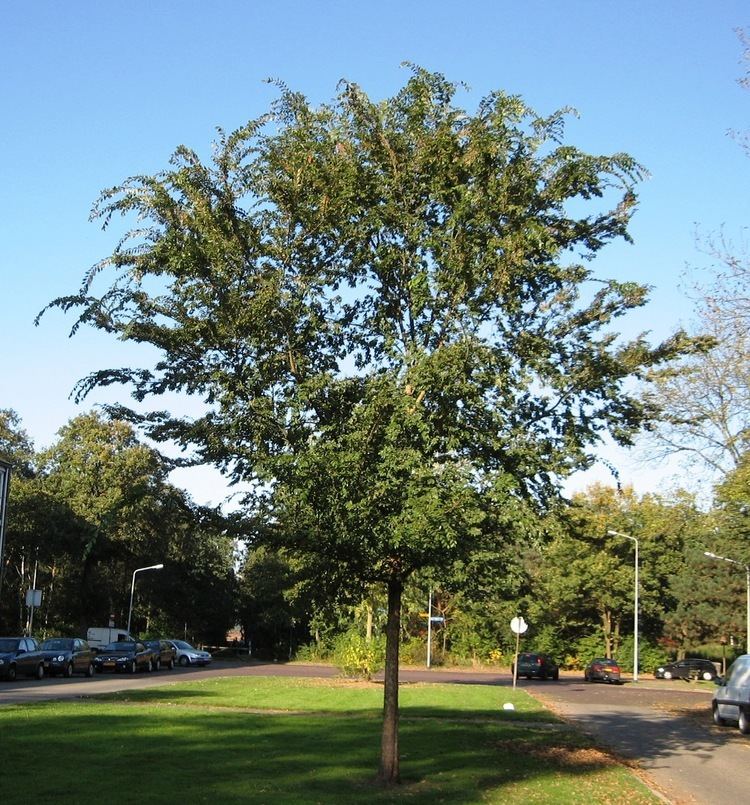 | ||
Lower classifications Ulmus parvifolia 'Emer II', True Green Chinese Elm | ||
Plant id chinese elm ulmus parvifolia
Ulmus parvifolia, commonly known as the Chinese elm or lacebark elm, is a species native to eastern Asia, including China, India, Taiwan, Japan, North Korea, and Vietnam. It has been described as "one of the most splendid elms, having the poise of a graceful Nothofagus".
Contents
- Plant id chinese elm ulmus parvifolia
- Description
- Wood and timber
- Taxonomy
- Pests and diseases
- Cultivation
- Bonsai
- Cultivars
- Hybrid cultivars
- Accessions
- Nurseries
- References
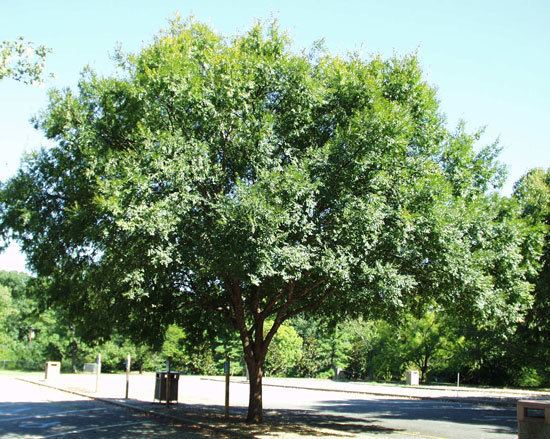
The tree was introduced to the UK in 1794 by James Main, who collected in China for Gilbert Slater of Low Layton, Essex.
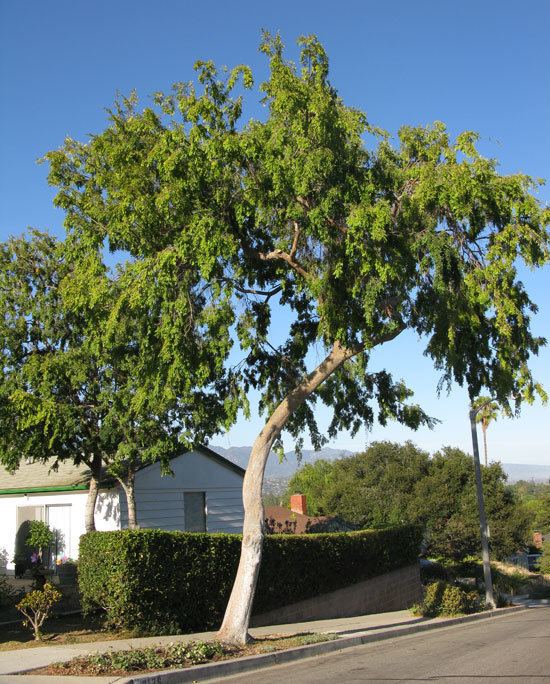
Description
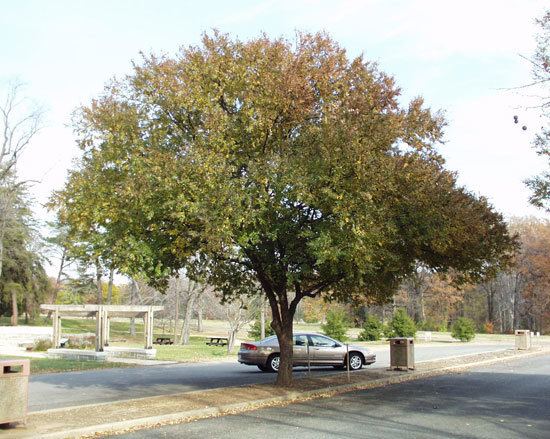
A small to medium deciduous, semi-deciduous (rarely semi-evergreen) tree growing to 10–18 m (33–59 ft) tall and 15–20 m (49–66 ft) wide with a slender trunk and crown. The leathery, lustrous green single-toothed leaves are small, 2–5 cm long by 1–3 cm broad, and often retained as late as December or even January in Europe and North America. The apetalous wind-pollinated perfect flowers are produced in early autumn, small and inconspicuous. The fruit is a samara, elliptic to ovate-elliptic, 10–13 mm long by 6–8 mm broad. The samara is mostly glabrous, the seed at the centre or toward the apex, borne on a stalk 1–3 mm in length; it matures rapidly and disperses by late autumn. The trunk has a handsome, flaking bark of mottled greys with tans and reds, giving rise to its other common name, the lacebark elm, although scarring from major branch loss can lead to large canker-like wounds.
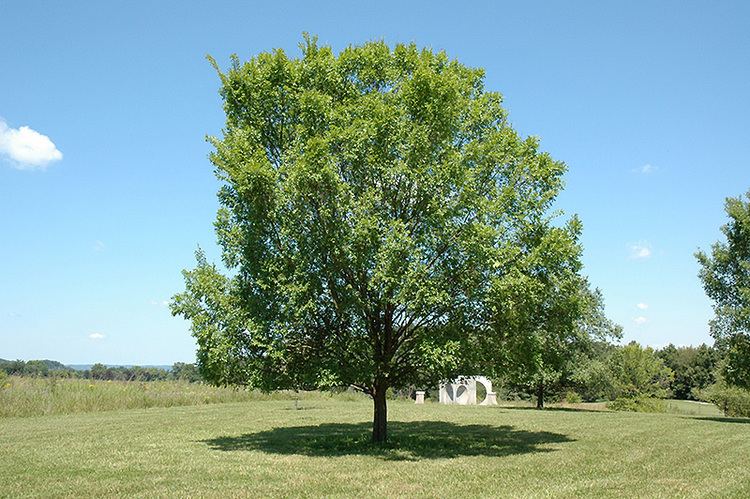
Many nurserymen and foresters mistakenly refer to Ulmus pumila, the rapidly growing, disease-ridden, relatively short-lived, weak-wooded Siberian elm, as "Chinese elm." This has given the true Chinese elm an undeserved bad reputation. The two elms are very distinct and different species. Among other obvious differences, with age the Siberian elm's bark becomes deeply ridged and furrowed, and possesses a very rough, greyish-black appearance, while the Chinese elm's smooth bark becomes flaky and blotchy, exposing very distinctive, light-coloured mottling, hence the synonym lacebark elm for the real Chinese elm.
Wood and timber

Elms, hickory and ash all have remarkably hard, tough wood that has made them popular for things like tool handles, bows and baseball bats. Chinese elm is considered the hardest of the elms. Owing to its superior hardness, toughness and resistance to splitting, Chinese elm is said to be the best of all woods for chisel handles and similar uses. Chinese elm lumber is used most for furniture, cabinets, veneer and hardwood flooring, as well as specialty uses such as long bow construction and tool handles. Most of the commercially milled lumber goes directly to manufacturers rather than to retail lumber outlets.
Chinese elm heartwood ranges in tone from reddish brown to light tan or flesh coloured, while the sapwood approaches off-white. The grain is often handsome and dramatic. Unlike other elms, freshly cut Chinese elm has a peppery or spicy odour. While it turns easily and will take a nice polish off the lathe without any finish, and it holds detail well, the fibrous wood is usually considered too tough for carving or hand tools. Chinese elm contains silica which is hard on planer knives and chainsaws, but it sands fairly easily. Like other woods with interlocking grain, planes should be kept extra sharp to prevent tearing at the grain margins. It steam-bends easily, holds screws well but pilot holes and countersinking are needed. It tends to be a "lively" wood, tending to warp and distort while drying. This water resistant wood easily takes most finishes and stains.
Taxonomy
Subspecies, varieties, and forms:
Pests and diseases
The Chinese elm is highly resistant, but not immune, to Dutch elm disease. It is also very resistant to the elm leaf beetle Xanthogaleruca luteola [2], but has a moderate susceptibility to elm yellows. In trials at the Sunshine Nursery, Oklahoma, the species was adjudged as having the best pest resistance of about 200 taxa However, foliage was regarded as only "somewhat resistant" to black spot by the Plant Diagnostic Clinic of the University of Missouri.
Cottony cushion scale or mealy bugs often protected and "herded" by ants exude a sticky, sweet "honeydew" which can mildew leaves and be a minor annoyance by dripping on cars and furniture. However, severe infestations on, or obvious damage to, otherwise healthy trees are not common.
Cultivation
The Chinese elm is a tough landscape tree, hardy enough for use in harsh planting situations such as parking lots, in small planters along streets and in plazas or patios. The tree is arguably the most ubiquitous of the elms, now found on all continents except Antarctica. It was introduced to Europe at the end of the 18th century as an ornamental, and is found in many botanical gardens and arboreta. In the United States, it appeared in the middle of the 19th century, and has proved very popular in recent years as a replacement for American elms killed by Dutch elm disease. The tree was sold in Australia at the beginning of the 20th century by Searl's Garden Emporium, Sydney. In New Zealand, it was found to be particularly suitable for windswept locations along the coast.
Ulmus parvifolia is one of the cold-hardiest of the Chinese species. In artificial freezing tests at the Morton Arboretum. the LT50 (temp. at which 50% of tissues die) was found to be −34 °C (−29 °F).
Bonsai
Owing to its versatility and ability to tolerate a wide range of temperatures, light, and humidity conditions, Chinese elm is a popular choice as a bonsai species, and is perhaps the single most widely available. It is considered a good choice for beginners because of its high tolerance of pruning.
Cultivars
Numerous cultivars have been raised, mostly in North America:
Hybrid cultivars
An autumn flowering species, whereas most other elms flower in spring. Hybrids have accordingly been very few:
